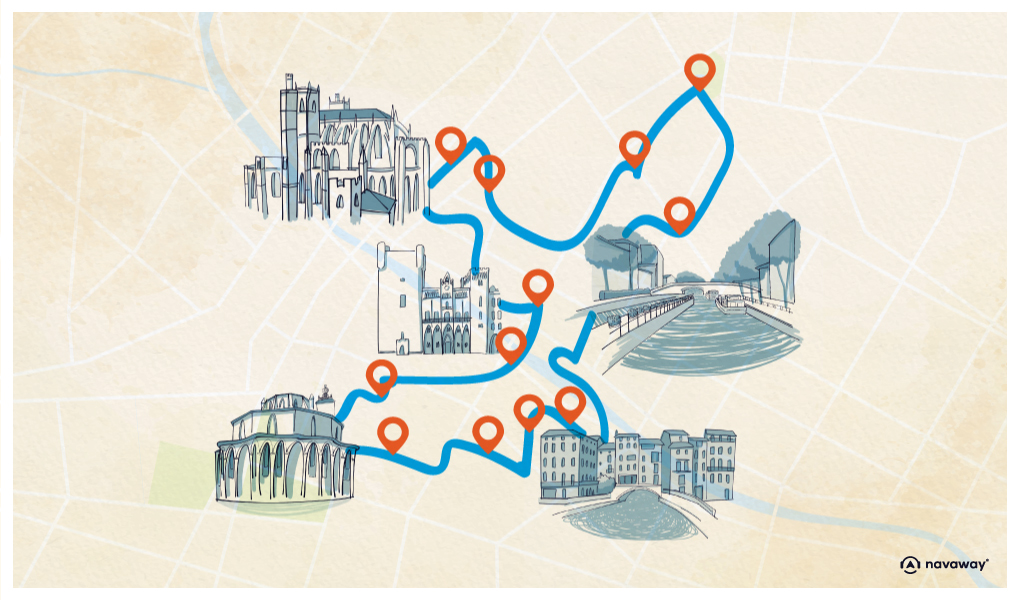
Cours Mirabeau
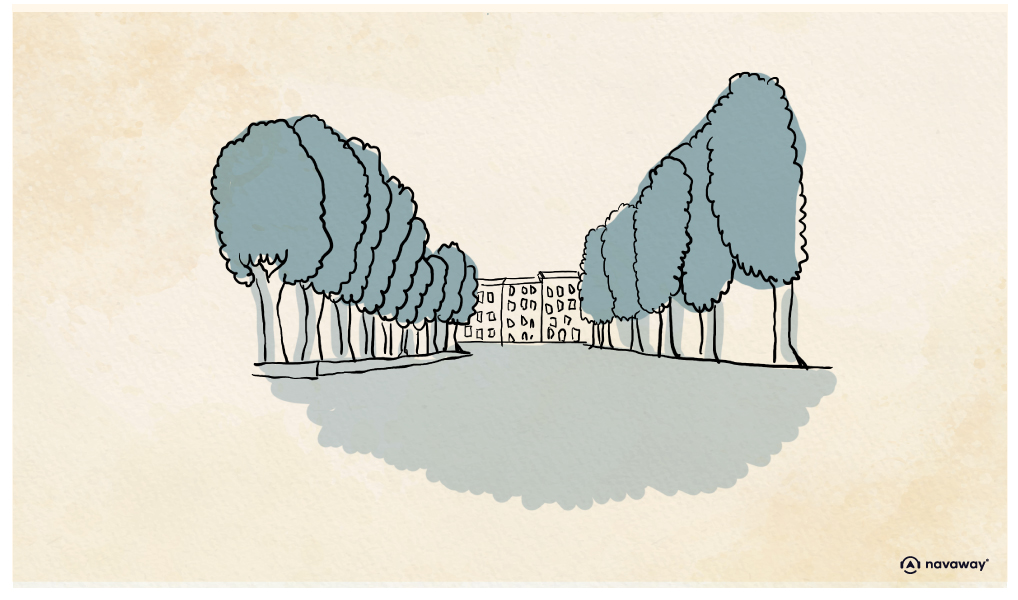
This point of interest is available as audio on the tour: Visit Narbonne, City of Wind and Sun
It’s impossible not to enjoy a stroll along Cours Mirabeau, which runs alongside the right bank of the Canal de la Robine. This wide, tree-lined avenue, dotted with café terraces and restaurants, is a favorite with both locals and visitors. Especially lively in the summer, it connects the Barques footbridge to the Merchants’ Bridge—the two most-used pedestrian crossings in the city. It’s the perfect place to sit back, soak up the atmosphere, and maybe enjoy a glass of local wine. In moderation, of course! Speaking of wine—did you know that Narbonne was at the center of a major revolt over this very subject in the early 20th century? Tied to wine since Roman times, the city quickly became a hub of wine trade. In fact, Narbonne was once the capital of Roman Gaul, a true commercial crossroads, ideally placed to export wine throughout the Roman Empire. After the fall of the Empire, production slowed due to regional instability, but from the 10th century onwards, winemaking picked up again, and Narbonne slowly built a solid reputation for its wines, especially at the local and regional levels. The real wine boom, though, came in the 19th century. Thanks to new techniques and growing demand, wines from Narbonne were exported across France and gained national recognition. The departments of Aude, Gard, Hérault, and Pyrénées-Orientales alone produced 40% of all French wine. However, the absence of regulations, combined with a devastating vineyard epidemic, led to the influx of foreign wines—and worse, a rise in fake and adulterated wines. Overproduction followed, prices crashed, and many local winemakers found themselves unable to sell their stock. Starting in 1903, the people of Languedoc appealed to Prime Minister Georges Clemenceau for support—but their pleas were ignored. By 1907, strikes and mass protests broke out across the region. On June 9 in Montpellier, over 500,000 people gathered to demand action. The government’s response was brutal: troops were sent in, and on June 19 and 20, soldiers opened fire on the crowd, killing six people. Protest leaders were arrested. In the wake of the violence, soldiers in Béziers mutinied in support of the protestors, refusing to turn their weapons on fellow citizens. Eventually, the government gave in. On June 29 and July 15, new laws were introduced to regulate wine production and crack down on fraud. As a result, the first agricultural trade organization in France was born: the General Confederation of Winegrowers of the Midi, founded in Narbonne on September 22, 1907. The revolt marked a major turning point in the wine industry—it led to the first real protections for producers and became a symbol of popular resistance that would inspire other movements in the years to come. Since 1982, wines from Narbonne have carried the IGP label (Protected Geographical Indication), under the name Coteaux de Narbonne. They’re produced across 11 villages around the city—and you won’t have any trouble finding a bottle or two to take home with you!


Discover Narbonne with app
An interactive guide through the most beautiful streets, squares, and districts
20 fun audioguides full of historical facts, anecdotes, and legends
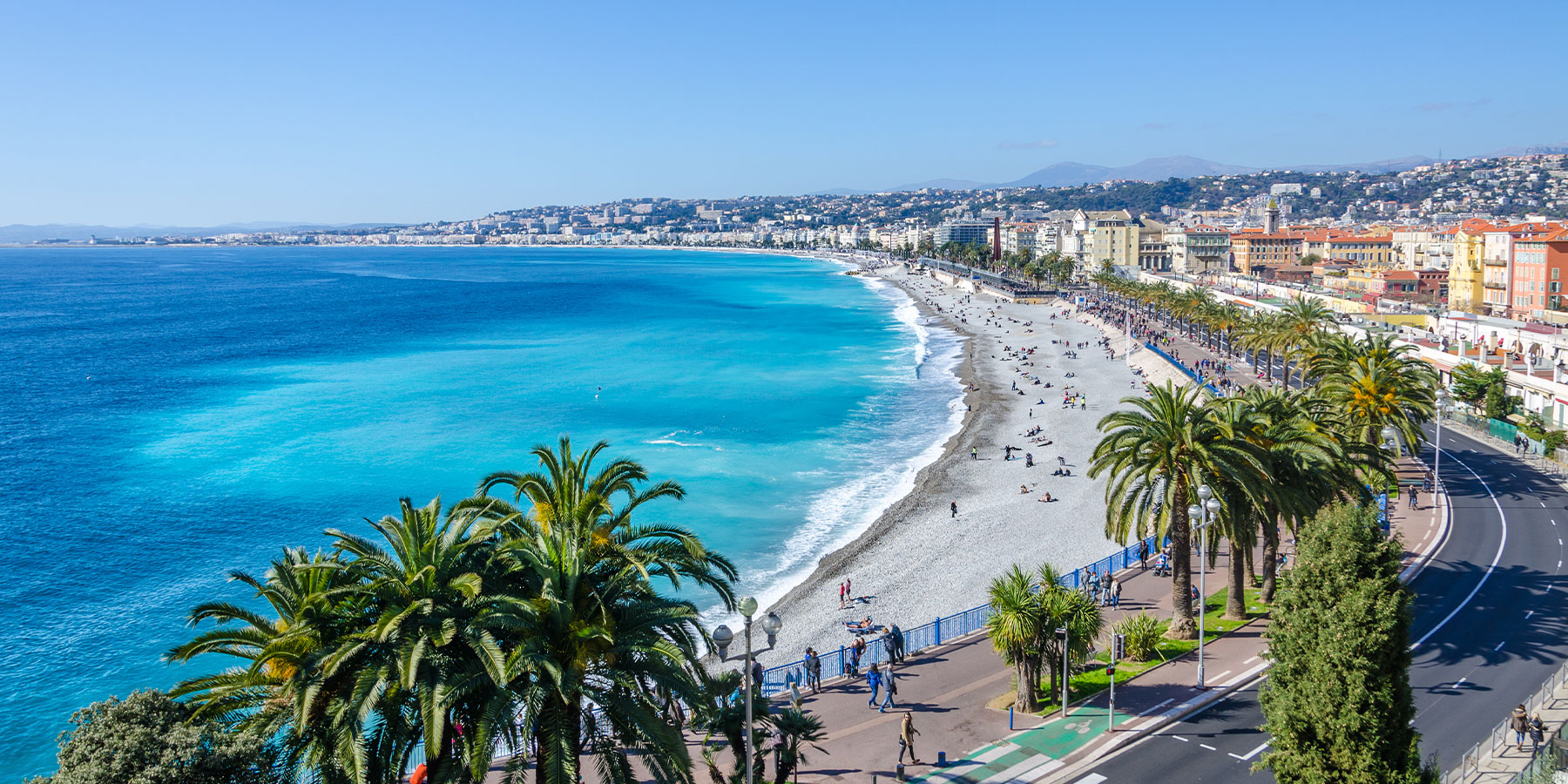
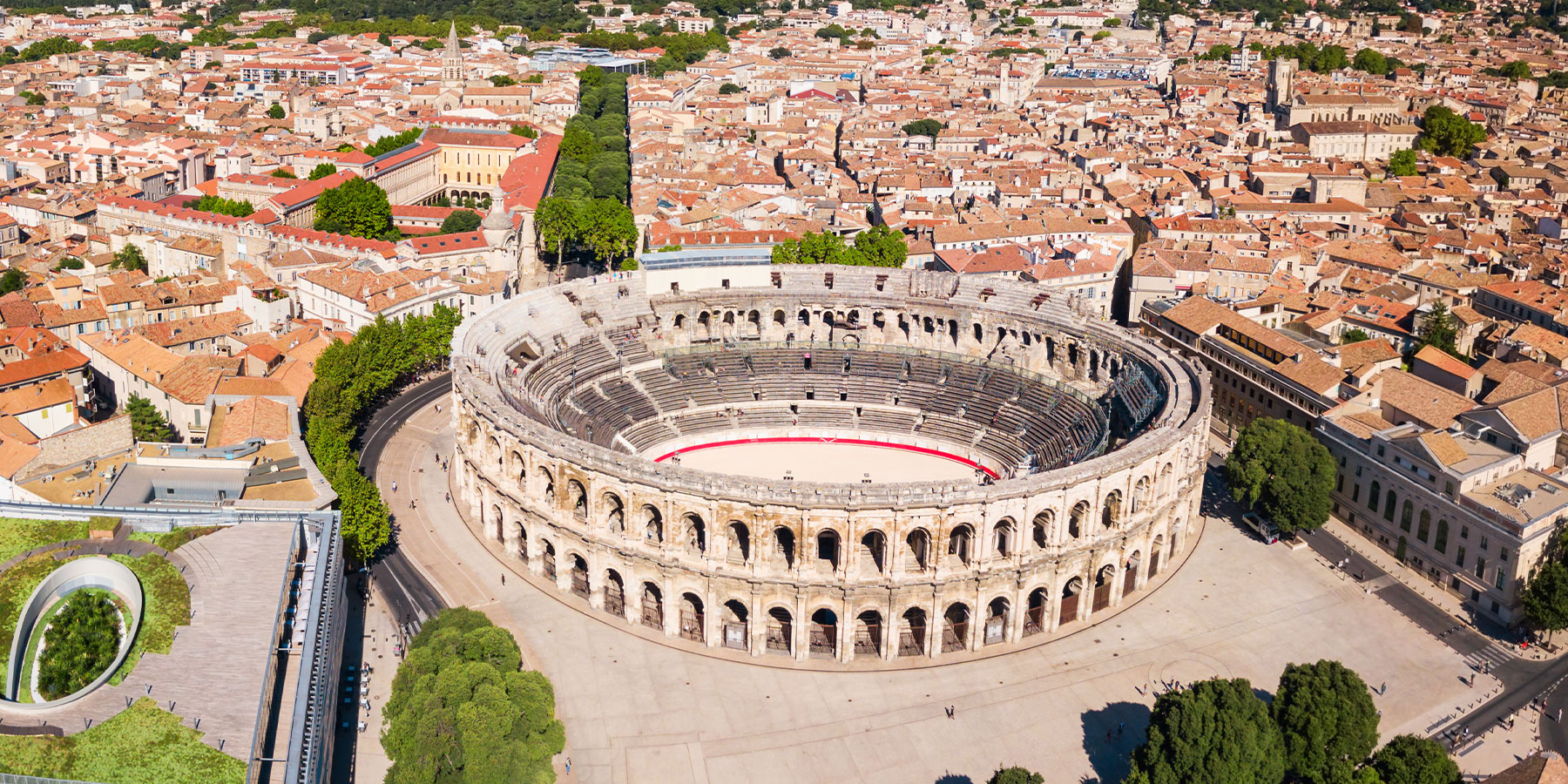
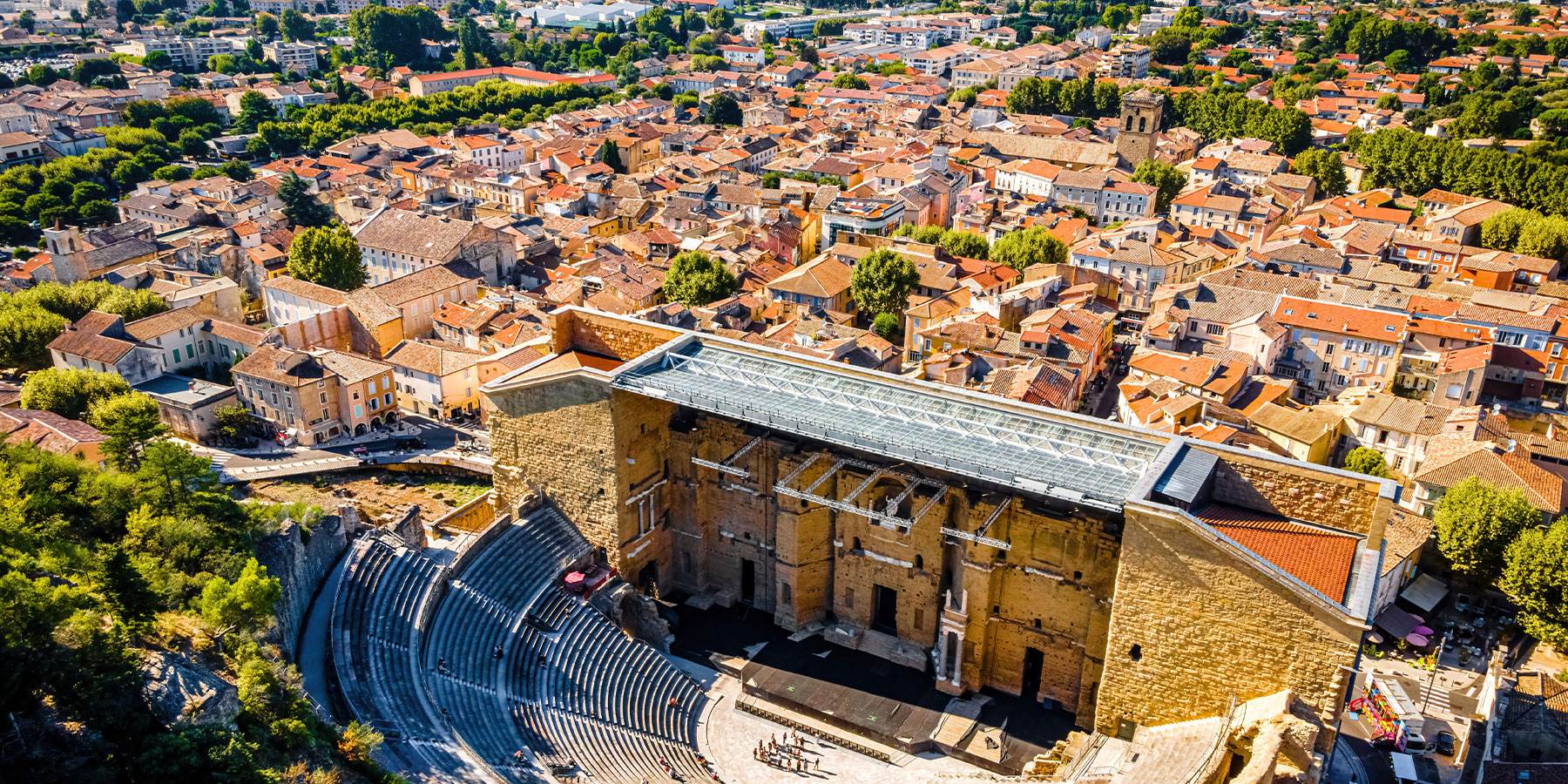


Comments